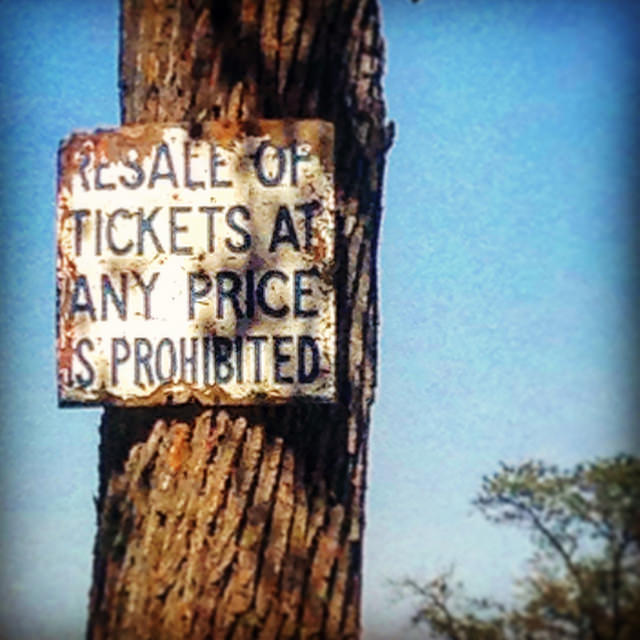Technologies like artificial intelligence and NFTs continue to break into new industries this April. The United States government licensed ChatGPT, dancers paired with robots, and music industry leaders have been taking a stand on AI-made music. We are in the midst of figuring out where these technologies fit into our lives, and how they will change our industries. Feelings of uneasiness continue. The following stories illustrate a variety of viewpoints on the ways in which technology has been integrated into new and unique settings as of late.
TBT: Dance Through the Lens of Tech
Haptic Feedback: Feeling the Dance You Cannot See
Dance relies on the audience’s sense of sight to experience a performance. However, dancing itself is a very tactile experience. A dancer’s precise movements depend on a heightened internal awareness of the body – how joints are stacked and what muscles are activated. They must also maintain an awareness of external forces – how one limb moves in relation to the other, how their skin feels sliding against the floor, and where they sense other dancers moving with them in space.
The experience of the audience is vastly different from that of the dancer. Is there a way to bridge this divide and communicate a multi-sensory experience to the audience, and allow those who cannot see to feel? Tapping into this sense of touch might help audiences experience dance in a new way.
How Haptics Affect Human-Robot Interaction in Dance
Mapping Movement: Network Mapping in the Dance Industry: Part 2
How well do you know the history of your industry? Could you list every branch, every individual, that helped to develop your industry into the complex and beautiful thing it is today? If you asked someone who works in the arts to craft such an image or list, they’d probably be able to give you a significant list of names. Yet, the truth is, a single individual’s list can’t provide the entire picture, just their perception of what the tree looks like.
AI as a Tool in the Arts
Artists are taking advantage of new technologies to enhance their artmaking. They are using AI as a tool in the same way that artists of yesteryear used pen and ink and paintbrushes. This opens a whole new realm of possibilities for arts managers in terms of the scope of multimedia exhibitions and performances. Artists who are using AI as a tool include visual artists, performers, and creators of popular media.
Ticket Scalping: How much would you pay to see the Nutcracker?
New Publication Available: Engaging Audiences Through Sensory-Friendly Performances
AMT Lab's latest publication Opening Doors: Welcoming New Audiences with Sensory-Friendly Performances, is a useful guide for organizations seeking to learn more about the needs and challenges of creating sensory-friendly programming programming. Based on interviews with several sensory-friendly program directors and artists from Pittsburgh Ballet Theatre, Imagination Stage, The Kennedy Center, and TDF’s Autism Theatre Initiative, this publication discusses best practices and important considerations for program development.
National Ticketing Survey Participation Period Extended!
Already your responses are providing valuable insight. AMT Lab has extended the 2015 National Ticketing Software Satisfaction Survey period through March 7, 2015. Collecting information on the attitudes and behaviors of arts organizations currently using ticketing software, the 2015 National Ticketing Survey will help illustrate the met and unmet ticketing needs of art organizations, and capture how ticketing software uses and needs vary by an organization's discipline, budget, staff size, and geographic location. Clear here for the full announcement.
What do you think about your ticketing software?
We are conducting the 3rd National Ticketing Software Survey during the month of February. If you are interested in sharing your experience and your opinions about your software, please let us know. All those participating in the survey will receive a full copy of the report which will provide a national view as well as cluster analyses by discipline, budget size, and geographic region. The data will be useful for both organizations and vendors. Organizations will gain a better understanding of their own practices as compared to their peers and, more importantly, be able to use the findings as evidence for future technology funding campaigns. Vendors will have explicit evidence as to the needs and wants for future software design.















